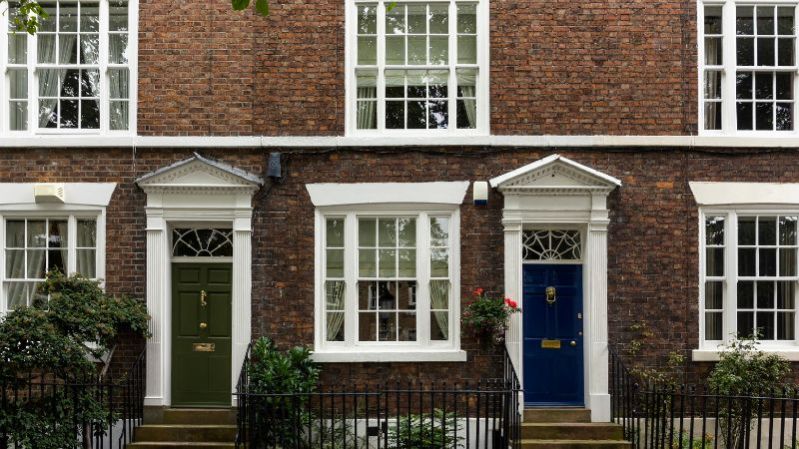Stuck in a property chain while trying to downsize? A bridging loan is the financial tool designed to solve this exact problem. It acts as a short-term 'bridge', allowing you to use the value of your current home to purchase your new property immediately. This breaks the chain, removes the dependency on your buyers, and puts you in control of your move.
Why Downsizing Creates a Funding 'Gap'
It can seem strange to need a loan when you are downsizing. After all, you are moving from a more expensive property to a cheaper one, which should leave you with surplus cash. The problem, however, is one of timing.
The UK property market operates on chains. Your ability to buy your dream retirement bungalow is dependent on your buyer completing the purchase of your large family home. If their mortgage application is delayed, or their own buyer pulls out, the entire chain can stall or collapse, putting your purchase at risk. Sellers are often unwilling to wait and may accept an offer from a chain-free buyer instead. This is the funding 'gap' that bridging finance is designed to fill.
How a Bridging Loan Solves the Problem
A bridging loan allows you to use the value of your current home as security to release funds now. It turns you into a cash buyer, enabling you to:
-
Purchase your new home immediately, without waiting for your sale to complete.
-
Move on your own schedule, removing the stress and uncertainty of the chain.
-
Give yourself time to achieve the best price for your old home, rather than accepting a low offer under pressure.
The loan is typically set up for a term of up to 12 months. You make no monthly payments, as the interest is 'rolled up'. The loan, plus interest, is then repaid in full from the proceeds once your original home is sold. This is your clear and simple exit strategy.
A Step-by-Step Example: Downsizing with a Bridge
Imagine John and Sarah have found their perfect £500,000 cottage to downsize to. Their current family home is valued at £900,000 but the sale is being delayed. They risk losing the cottage to another buyer.

Consultation: They speak to us at Clifton Private Finance. We confirm their existing property can be used as security.

Application: We apply for a £500,000 bridging loan. The security is their £900,000 home, giving a very low Loan to Value (LTV) of 56%, which attracts competitive rates.

Completion: The bridging loan completes in two weeks. John and Sarah purchase the cottage as cash buyers, securing it immediately.

The Move: They move into their new home at their own pace.

The Sale: Three months later, their old home sells for the full asking price.

The Exit: The proceeds from the sale are used to repay the £500,000 bridging loan plus the three months of rolled-up interest. The remaining cash profit is theirs to keep.
Key Benefits of Using a Bridge to Downsize
-
Breaks the Chain: Instantly removes your dependency on your buyers.
-
Secures Your Dream Home: You can buy the property you want without fear of being gazumped or the seller pulling out.
-
Strengthens Your Position: As a "cash buyer," you have a stronger negotiating position and may even be able to secure a discount on your purchase price.
-
Reduces Stress: Removes the uncertainty and anxiety of a slow or broken property chain.
-
Avoids Renting: You don't need to sell, move into expensive temporary rented accommodation, and then move again.
Important Considerations & Costs
While incredibly effective, bridging finance is a specialist product. The interest rates are higher than a standard mortgage because it's a short-term, flexible loan. You must also factor in lender arrangement fees and broker fees.
However, these costs are often offset by the financial benefits. By acting as a cash buyer, you may negotiate a discount on your purchase. Furthermore, by not being forced into a quick sale of your old home, you can wait for the right offer at the full market value, which can often be tens of thousands of pounds more than a rushed sale price. The small cost of the bridge can secure a much larger overall financial gain and significantly reduce stress.
How to Apply for a Downsizing Bridge Loan
The process is fast and straightforward when managed by a specialist broker. Contact our team to discuss your situation, and we will guide you through the simple steps to secure the finance you need to make your downsizing dream a reality.











